- Lightroom Presets
- Mobile Presets
-
Photoshop
-
Learn
-
Support
-
Install
- Best Sellers
- Blog
By Allison Wheeler on | No Comments
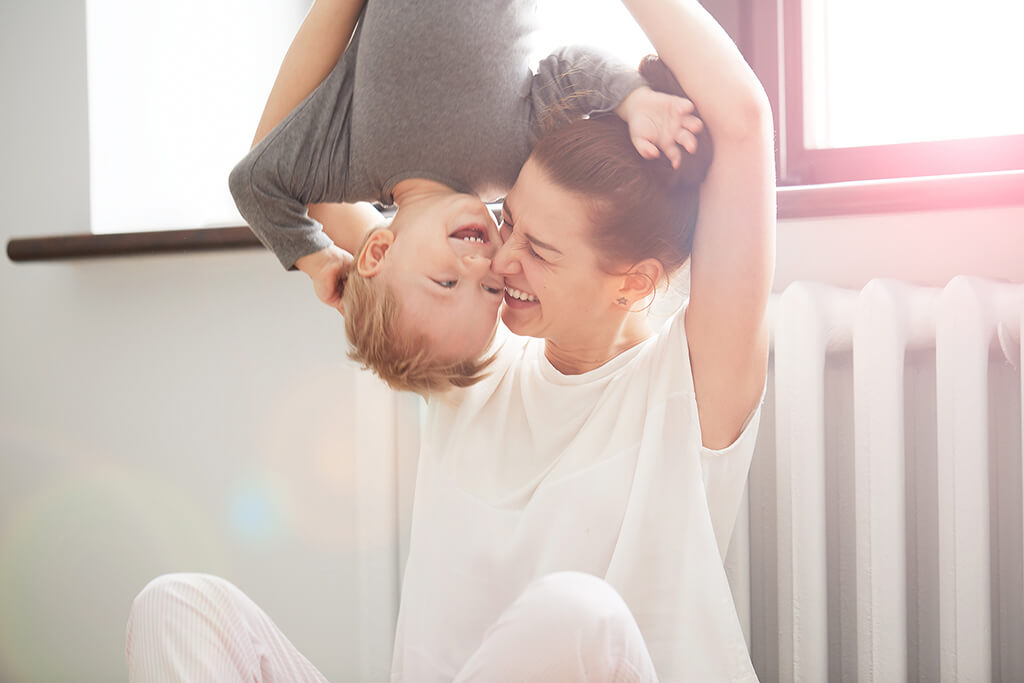
I was not one of those photographers who got a camera as a teen and followed my dreams to art school. Actually, it was quite the opposite...
Like many photographers, I am a mom who was drawn to photography by documenting the everyday lives of my children. As I'm sure you know, everyday life does not always happen in the best of lighting situations - ESPECIALLY when you are trying to take photos indoors.

When my family and I first moved into our home several years ago, my "photographer eyes" had not yet developed. Now, I even joke with my photograper friends that I probably would never have bought our house because I'm certain it's where natural light comes to die!
So, over the last couple years, I've spent a lot of time learning how to find the best indoor lighting and other ways to make shooting indoors easier.
I've been studying the light in my house for a couple years now, and I've figured out which rooms have the BEST light at DIFFERENT TIMES of day.
When looking around your own house or the homes of your clients, train your eyes should search for the light coming into the room. Look for light coming through windows, doorways, skylights, etc. All of these types of light make for lovely indoor photos.
Try raising blinds and opening doors to allow more natural light to flood in and illuminate your subject if needed. By doing this, you may never having to use your flash.
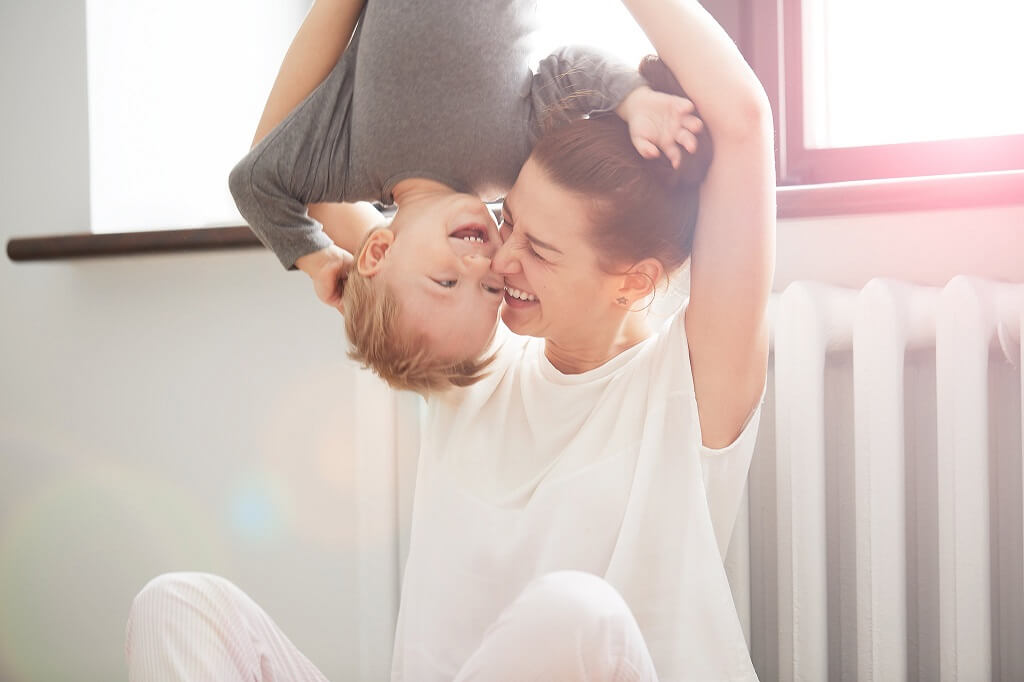
Photographing your subjects facing the light creates great catch lights. This gentle light will cover the entire face of your subject and won't produce any unwelcome shadows.
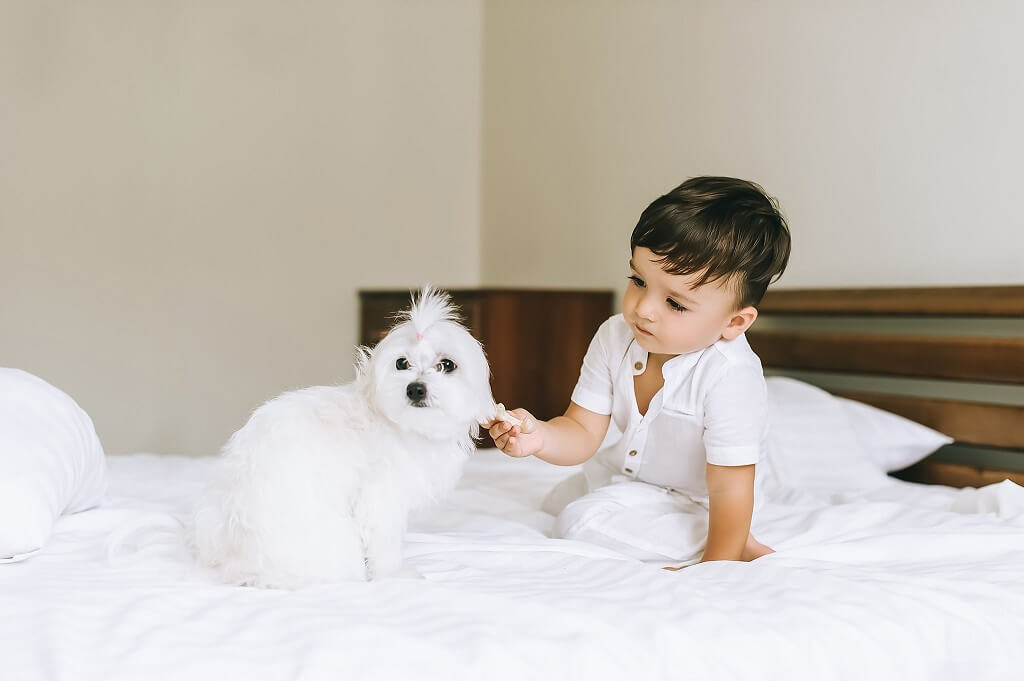
You can also try angling your subjects towards the light source. This will create some interesting depth to the photo as the shadows begin to fall away on the sides.
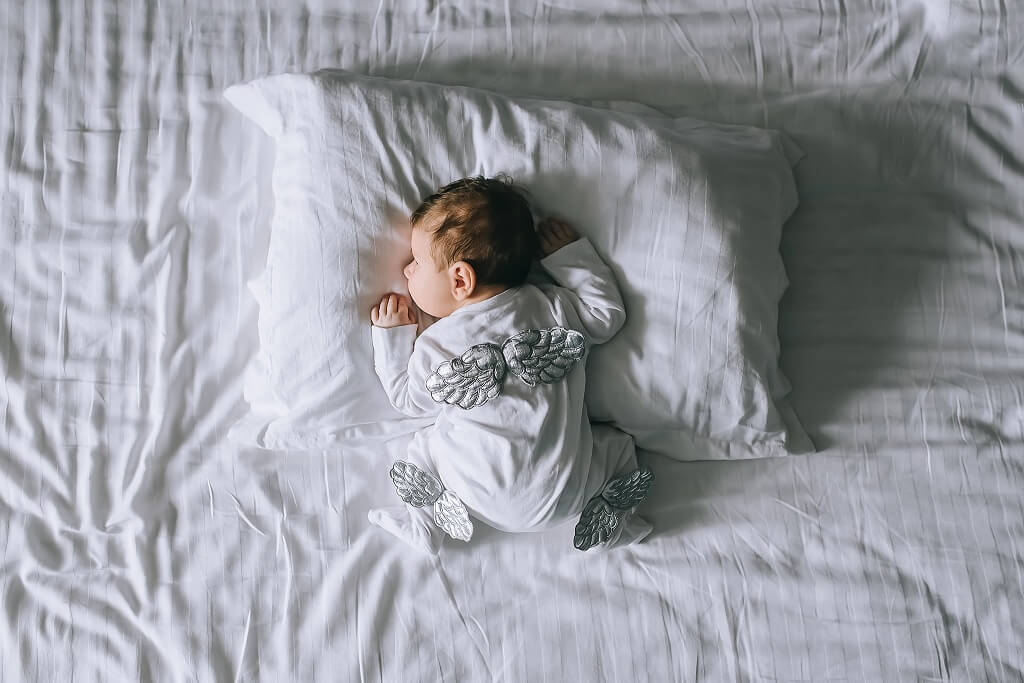
I often use window lighting to achieve beautiful backlight and create fun silhouette images. You can achieve these looks by placing your subject directly between you and your light source.
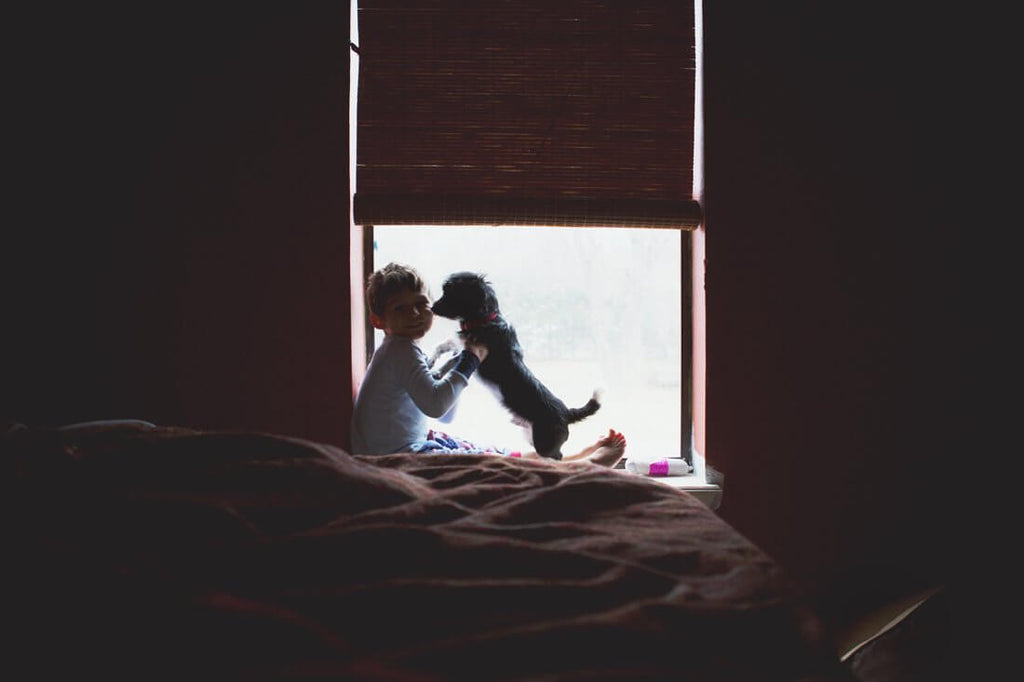
Try to find little pockets of light when shooting in dark places (even when artificial). These can make for some pretty cool and memorable photos!
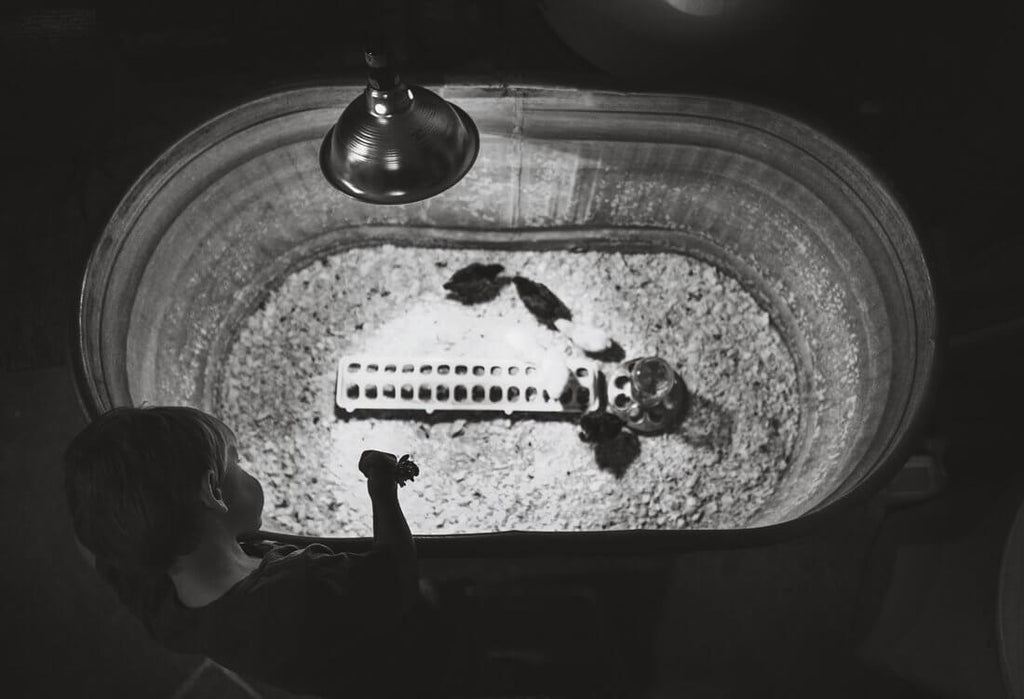
I really do believe that the best camera is the one you have with you. Everyone starts with their photography adventure differently and at some point may upgrade their gear (for many, including me, it may even start with a smartphone camera)
Regardless of your current camera, lens, or editing program, you can learn to rock shooting indoors. That being said, there are certain things that will make producing fantastic indoor images a bit easier.
Let me explain:
When shooting indoors, its a good idea to use a lens that has the ability to get wider wider apertures (a fast lens). This will greatly increase your ability to get a good exposure without too much sacrifice by using a slow shutter speed or having lots of digital noise.
Typically a fast lens is one with an f-stop 2.8 or lower. A slow lens (typically above f/3.5) will allow less light to enter the sensor - and you do not want that. When shooting inside, you want to let in as much light as possible!!
For most of my indoor shots, I use a 24-70mm 2.8, a 50mm 1.8, or my 85mm 1.8.
I would love to add a 35mm to my camera bag because the 50mm and 85mm can get a little tight depending on how much space I have to move around inside.
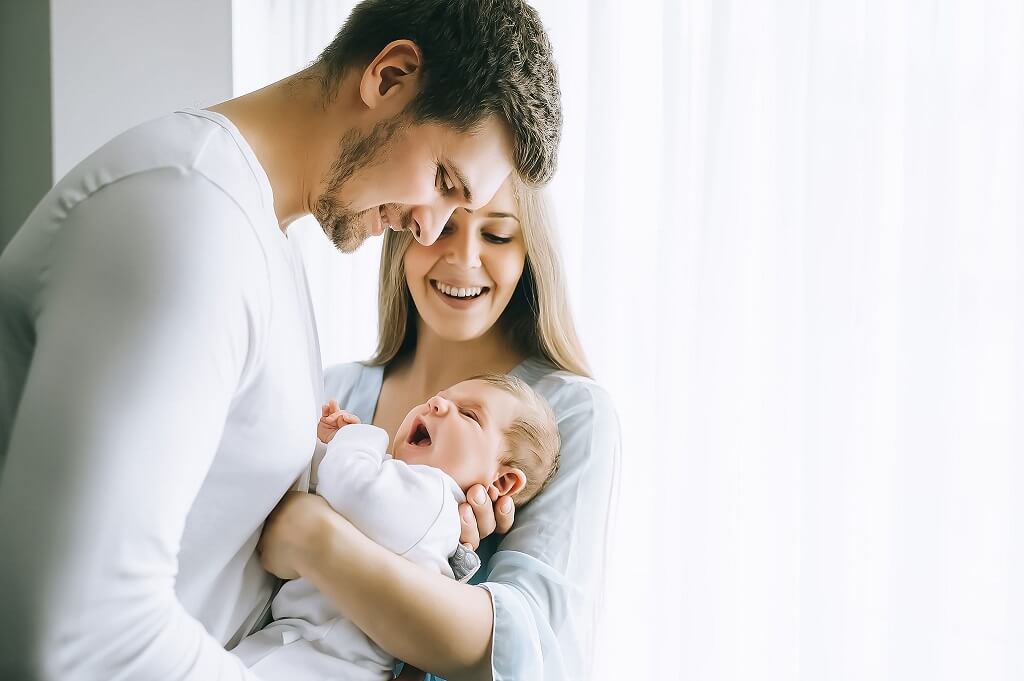
Shooting indoors has also taught me to embrace the grain and increase my ISO.
By increasing the ISO, you are increasing your camera's sensor sensitivity to light. Using a higher ISO will also generally lead to an increase in image grain/digital noise.
You will find that some cameras are better able to handle shooting with a higher ISO than others. My first camera body was a Canon T3i and there was noticeable noise at around 800. Now I shoot with a Canon 5D Mark III, and the low light capabilities far surpass my older Canon T3i.
Personally though, I don't mind a little grain in my images, especially when I am able to capture a raw moment as it happens.
And if you are still worried about grain, you can usually fix it in post-processing. My favorite way to edit and fix noise is using the noise reduction sliders in Lightroom. You can use these sliders to reduce the digital noise and still maintain the details to help create your perfect image!
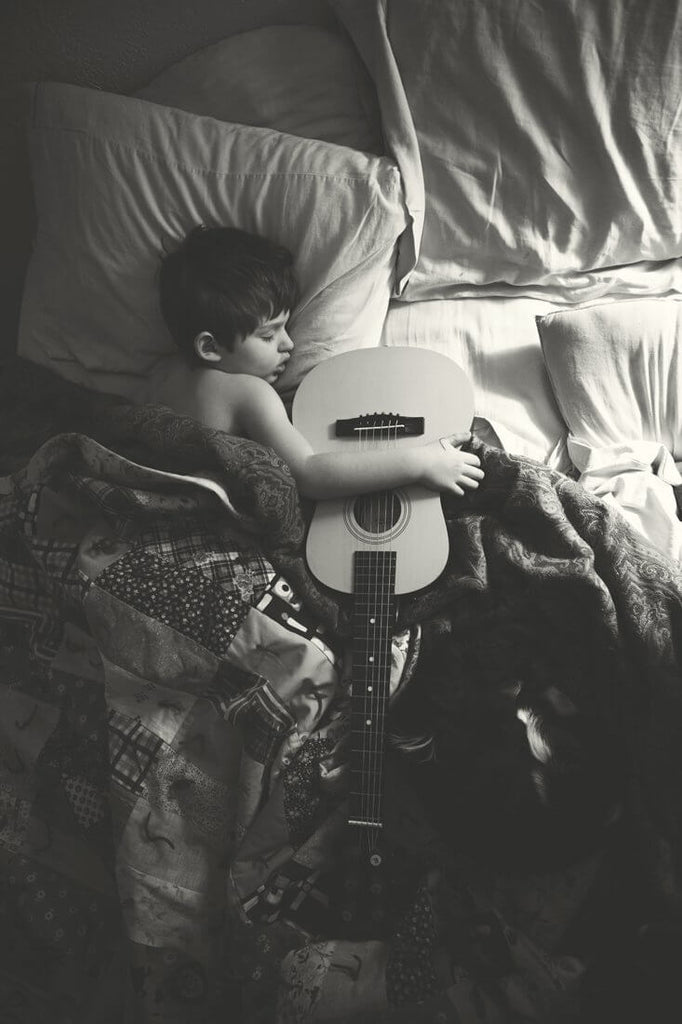
Mastering indoor lighting has become a fun challenge for me. Shooting indoors has really stretched my creativity and opened new doors for me as an artist.
Let me tell you, there is no golden hour inside a my 1200 square foot home and I have only a few windows to work with. But inside my walls, and I'm sure in yours too, live some very important people - my family. And I love being able to capture my family and our memories in the best way possible!
Do you have any questions or comments about Mastering Indoor Photography Lighting? Leave us a comment below - we would love to hear from you! And PLEASE SHARE this post using the social sharing buttons (we really appreciate it)!




Allison Wheeler is a lover of lifestyle photography from Norman, Oklahoma. Her eyes were opened to photography by toying with Instagram in 2010. She got a camera soon after and learned to use it by documenting her life with her husband and three young sons. She now happily does the same for others, from births to weddings and almost everything in between. To see Allison's most recent work, visit her Facebook page. She often gets on Pinterest to avoid cleaning her house.

Comments